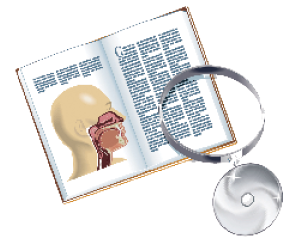
Background
Surgeons operating in the head and neck commonly treat facial fractures; however, the role of prophylactic antibiotics remains controversial. Facial fractures vary in location and severity and can span the range of wound classifications including clean, clean contaminated, contaminated, and dirty/infected. It is clear that actively infected facial fractures should be treated with therapeutic antibiotics; however, there is widespread variability in the use, type, timing, and duration of prophylactic antibiotic use in practice today. In an era of increased antibiotic resistance, as well as greater focus on evidence-based medicine and reducing health care costs, it is important to review the current evidence for the role of prophylactic antibiotics in facial fractures.
Best Practice
Current evidence supports the use of prophylactic antibiotics in mandibular fractures, probably from the time of injury until the completion of the peri-operative course, with no additional benefit of post-operative antibiotic prophylaxis. There is insufficient data to evaluate the efficacy of prophylactic antibiotics in nonmandibular facial fractures or in isolated fractures of the mandibular condyle. However, there is evidence that post-operative prophylactic antibiotics are not beneficial. There is limited data regarding the antibiotic of choice for prophylaxis. Surgeon discretion remains important as the quality of current evidence is limited. A large, multicenter, high-quality RCT is needed to better evaluate the effectiveness, timing, duration, dosage, and antibiotic of choice for antibiotic prophylaxis of facial fractures. Read the full article in The Laryngoscope.